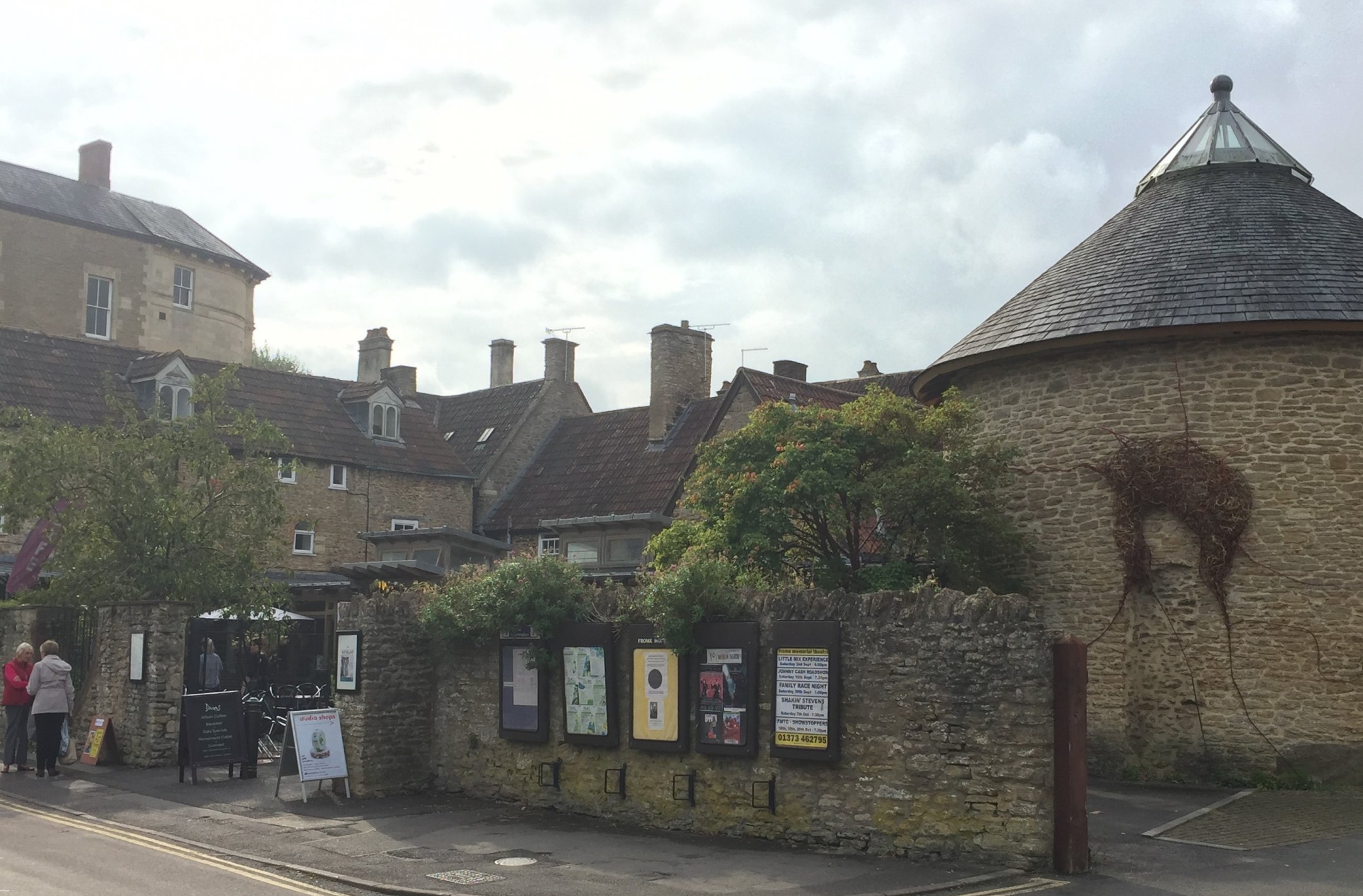
Black Swan Arts, a 'characterful' building in need of some improvements
Getting a building project off the ground
Too many arts venues take on ambitious building projects they can’t easily fund. Rebecca Morland shares some tips on how to approach capital projects more wisely.
It is very easy to get swept away by all the possibilities at the beginning of a building project. You and your colleagues talk to an architect, you unload all your concerns about your building and its inadequacies. It’s a chance to solve all the issues you’ve had for many years and realise all your dreams.
A capital project that doesn’t come with a good artistic rationale and business case attached is going to struggle to attract funding from any source
The architect comes up with ideas that you’ve never considered and deliver these with enticing sketches, which encourage further thoughts and ambitions. And, before you know what’s happened, there’s an enormous capital project ahead. And, further down the road, reality hits when you realise that the scheme as it stands cannot be funded, and you have to cut it back and possibly even start again. A lot of time, energy and enthusiasm potentially wasted.
Clarity of purpose
It is also very easy to get hung up on the idea that improving your building will address all of your problems. I’m a trustee of Black Swan Arts, a small visual arts organisation in Somerset, based in a listed building best described as ‘characterful’.
We have been keen to improve our building for the past few years, and indeed it has many deficiencies. However, it took a recent workshop with external consultants for us to realise that we needed to be clearer about what we wanted to do in our building first.
Our artistic policy and our business plan needed to inform our building ambitions, and not the other way round. And to be entirely pragmatic, a capital project that doesn’t come with a good artistic rationale and business case attached is going to struggle to attract funding from any source.
Policies and plans
So, what should you do at the very start of a capital project?
First, ensure that your arts organisation has an updated artistic policy and plans in place, supported by a well thought out business plan. Even if you already have them, you may not have yet worked through them to demonstrate how capital improvements will improve and support what you do. The time you spend going through this process (whether by yourselves or with external support) will not be wasted, as it will not only inform your capital plans but will also ensure that your organisation is in a much better position overall.
Second, develop an options appraisal that refers back to your artistic policy and plans at every point. It is usual to come up with a range of options for building re-development which starts with ‘do nothing’ and goes through small interventions, moderate interventions and ends up with ‘major redevelopment’.
This can be quite a schematic exercise, where you ask the same questions for every option, focusing on how each option will help you to achieve your artistic and other ambitions. It should also include how disruptive the scheme might be for those ambitions in the short term, and how achievable the scheme might be overall, especially in terms of how much it will cost, and therefore how much funding you will have to raise and your capacity to do so.
It is usual to do this with a consultant and/or architect, but this may not be necessary, depending on the expertise and knowledge that already exists within your organisation, but also the nature of your building. If you have a simple building, and already have a good knowledge of the potential costs of work on it (perhaps from an earlier architectural study), then you may not need an architect. If you have a good idea of your capacity to manage and fundraise for a capital project, you may not need a consultant.
Feasibility study
You may be advised to do an options appraisal together with a feasibility study. This makes considerable sense, as the overall exercise will involve working out which option to pursue and then discovering how feasible it is.
The feasibility element will not only include outline designs and budgets (to RIBA Stage 1), but should also provide a timeline for the project and a draft funding strategy. However, this will definitely involve working with an architect (and possibly other design professionals) so there is a more significant cost implication.
As a result, some organisations decide to progress one stage at a time, allowing them more time to consider the implications of a building project, and perhaps raise funding for further work.
Whichever route you take, an arts organisation with a strong artistic identity, a viable business plan, an options appraisal and a feasibility study will be in a strong position to take the next steps towards a successful capital project.
Expertise and information
Finally, here are some top tips on where to start:
- Because arts buildings are so specialised it is recommended that you work with an architect and/or consultant who has experience of similar buildings.
- Go and see as many renovated or completed buildings as you can. For theatres of any size and type you can find information on comparable projects from the Theatres Trust and also access workshops and other advice.
- Talk to peers who have gone through similar processes, ideally soon after they have finished their project.
- The various arts councils in the UK have online information about capital projects, as well as business planning, which is useful regardless of whether you are a client or not.
Rebecca Morland specialises in supporting arts organisations in the early stages of capital projects.
E [email protected]
Tw @RebeccaM01

Join the Discussion
You must be logged in to post a comment.